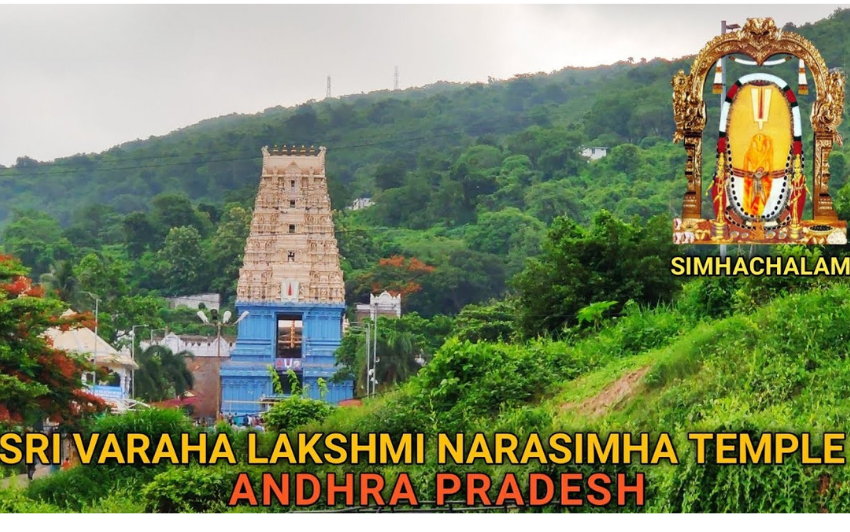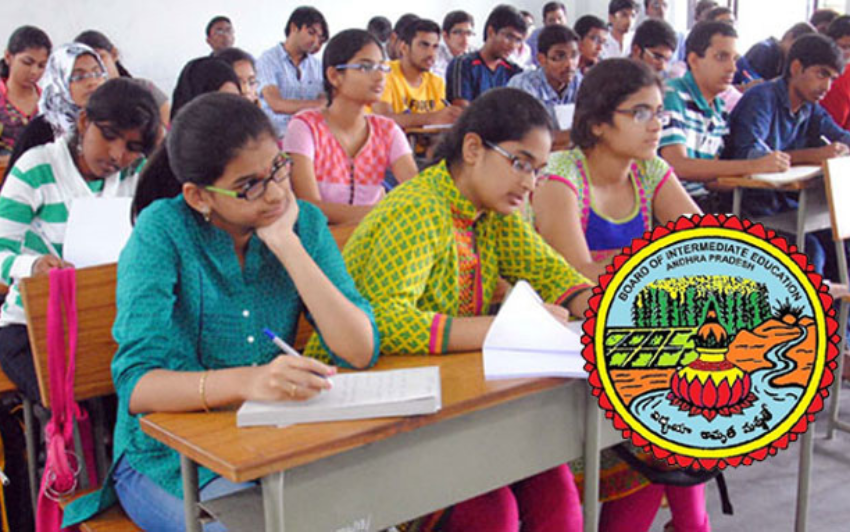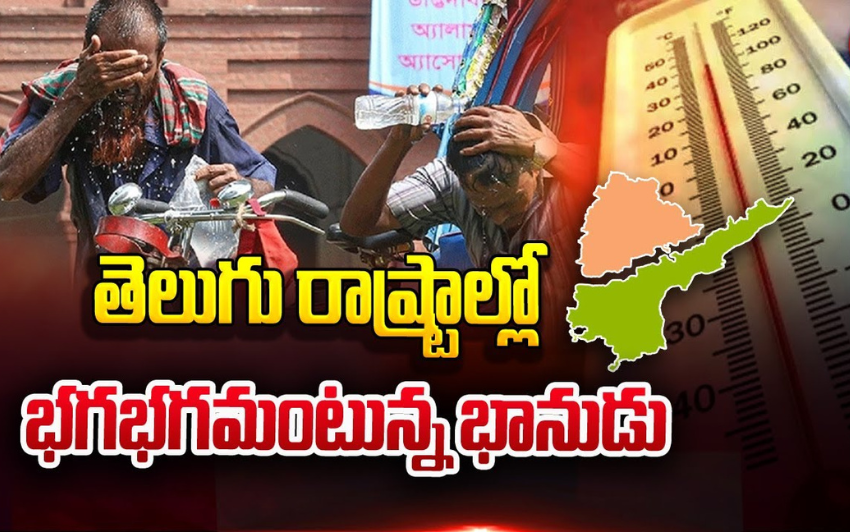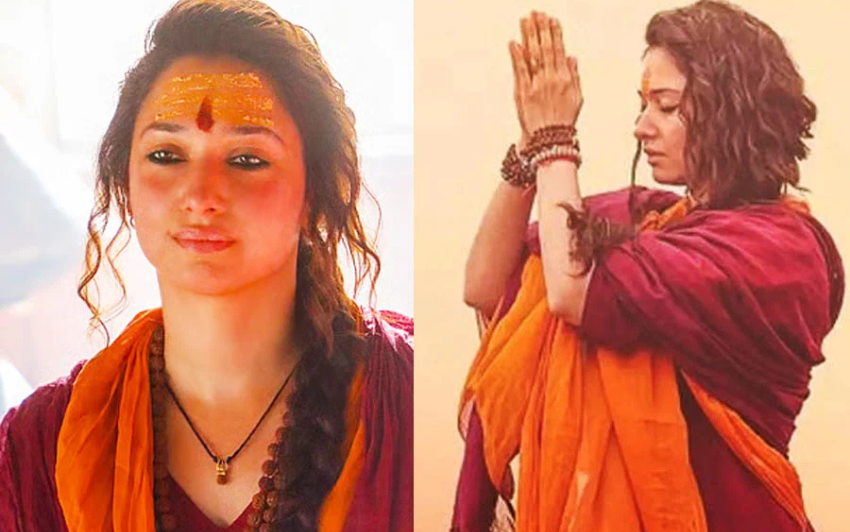Visakhapatnam: Ancient Inscription Reveals Simhachalam Temple’s Ties to Eastern Ganga Dynasty
A recent breakthrough in deciphering ancient inscriptions at the Sri Varaha Lakshmi Narasimha temple in Simhachalam has uncovered new details about the temple's historical connections to the Eastern Ganga dynasty. Bishnu Mohan Adhikari, a 28-year-old epigraphist from Paralakhemundi, Odisha, has decoded inscriptions found on a pillar in the temple's 'Asthana Mandapam,' which had remained a mystery until now.
The inscriptions, written in Odia, are organized into two rows and three columns. They read: "Aatreya Gotravathi Sri Sri Sri Nilamani Pattamahadei Sada Seva Raghunathapur," indicating a donation made by Queen Gajapati Nilamani Patta Mahadei of the Eastern Ganga dynasty for the "Sada Seva," or daily offerings, to the presiding deity, Sri Varaha Lakshmi Narasimha Swamy. The inscription also references the queen's gotram, identifying her as "Aatreya Gotravati," and mentions her royal estate, Raghunathapur, located in the Ganjam district during the Madras Presidency.
Bishnu explained that Raghunathapur was an important estate governed by the Khemundi-Gangas of Paralakhemundi after the decline of the Eastern Kadamba rule. The estate extended from Bendi to Kotabommali, with its capital at Tekkali, now in the Srikakulam district of Andhra Pradesh.
The Simhachalam temple, a significant site for the Vaishnavite faith for nearly a millennium, is alongside other prominent temples such as Sri Jagannath in Puri and Srikurmam in Srikakulam. The main temple, renowned for its Kalingan Peedha architecture, was built in the 13th century during the reign of Gajapati Langula Narasingha Dev-I. Although construction was overseen by Akthayi Senapati, the temple was consecrated by Langula Narasingha Dev's son, Bhanudeva I, in 1268 CE. This temple stands as a testament to the artistic and spiritual contributions of the Eastern Ganga dynasty.
Bishnu also highlighted that the current temple structure was built by an emperor from the same dynasty. This ruler, identified as Chandra Kula Sambhuta Aatreya Gotri Gajapati, was part of a lineage that governed Kalinga from the 6th century to the mid-20th century, spanning three distinct periods.
This recent discovery is part of Bishnu’s ongoing efforts to explore the epigraphic heritage of temples. Starting his work in his teens, he has honed his skills in deciphering ancient texts and is proficient in several languages, including Sanskrit, Telugu, Kannada, Hindi, Bengali, English, and his native Odia. He received permission from the temple administration for this work and was assisted by K. Saikumar, a member of the temple staff.
In addition to his work at Simhachalam, Bishnu has also successfully deciphered a 237-year-old copper plate retrieved from a metal scrap trader in Odisha.
Ancient Inscription Uncovers Simhachalam Temples Connection to the Eastern Ganga Dynasty
